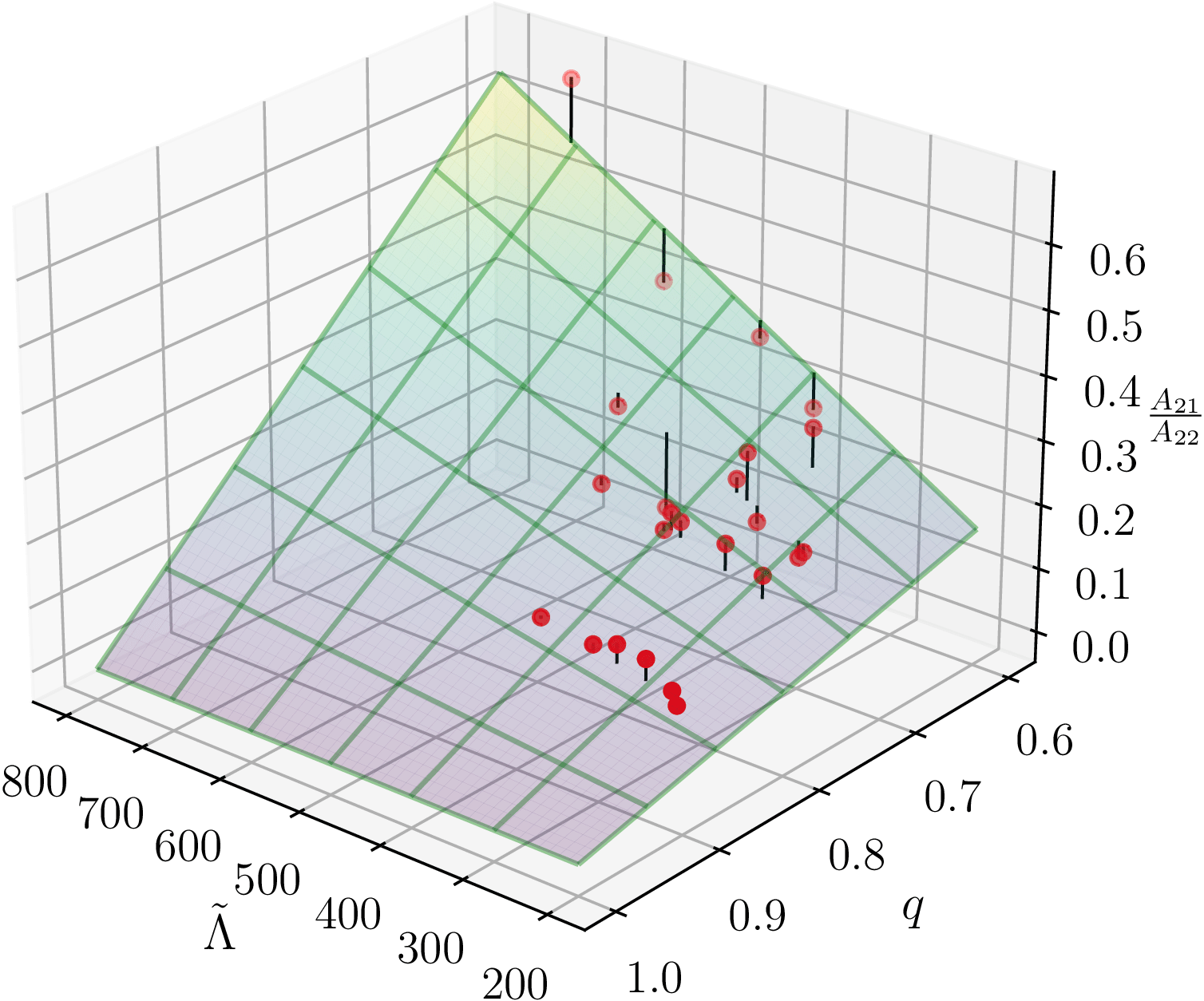We study the ringdown signal of black holes formed in prompt-collapse binary neutron star mergers. We analyze data from 48 numerical relativity simulations. We show that the (ℓ=2,m=2) and (ℓ=2,m=1) multipoles of the gravitational wave signal are well fitted by decaying damped exponentials, as predicted by black-hole perturbation theory. We show that the ratio of the amplitude in the two modes depends on the progenitor binary mass ratio q and reduced tidal parameter Λ. Unfortunately, the numerical uncertainty in our data is too large to fully quantify this dependency. If confirmed, these results will enable novel tests of general relativity in the presence of matter with next-generation gravitational-wave observatories.
